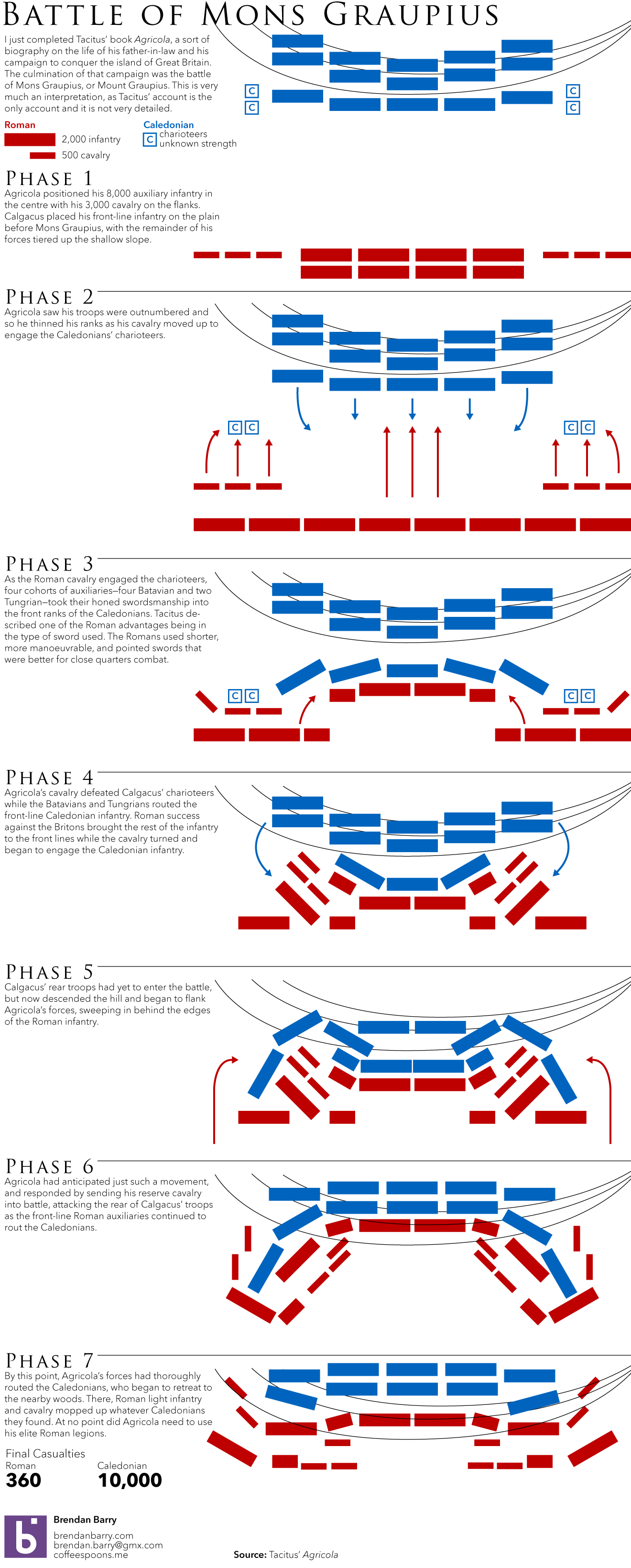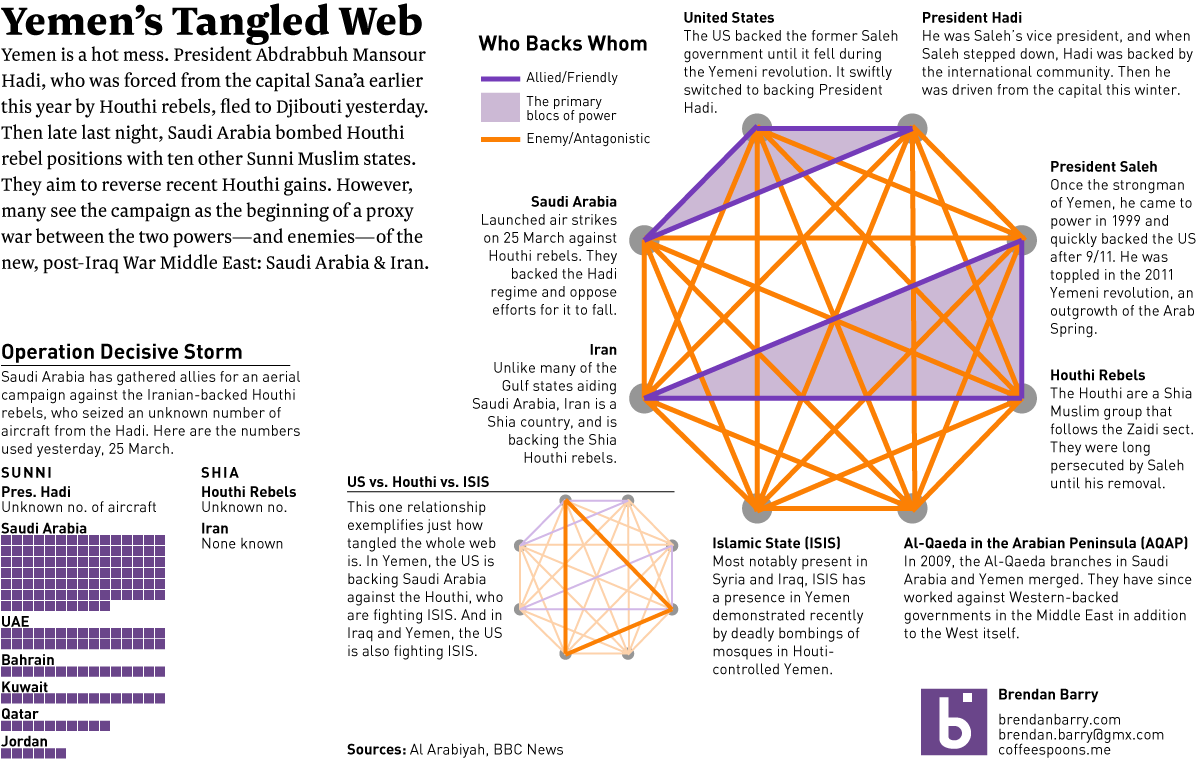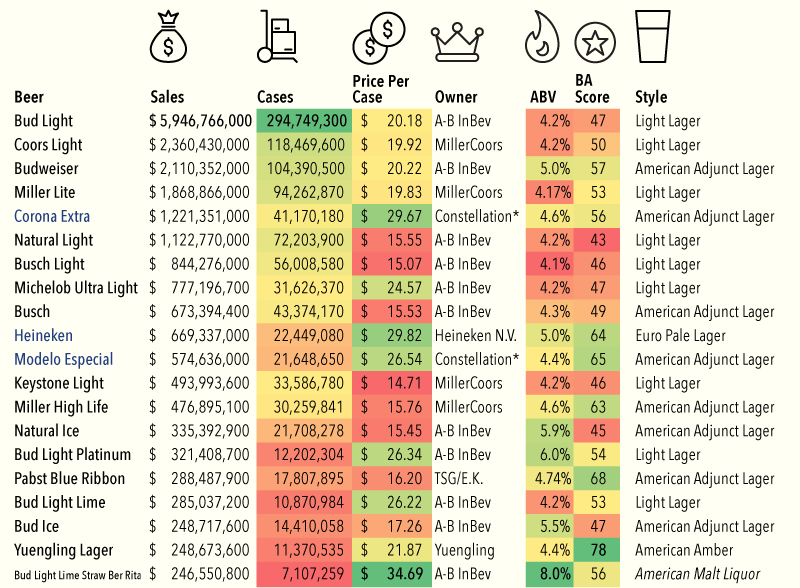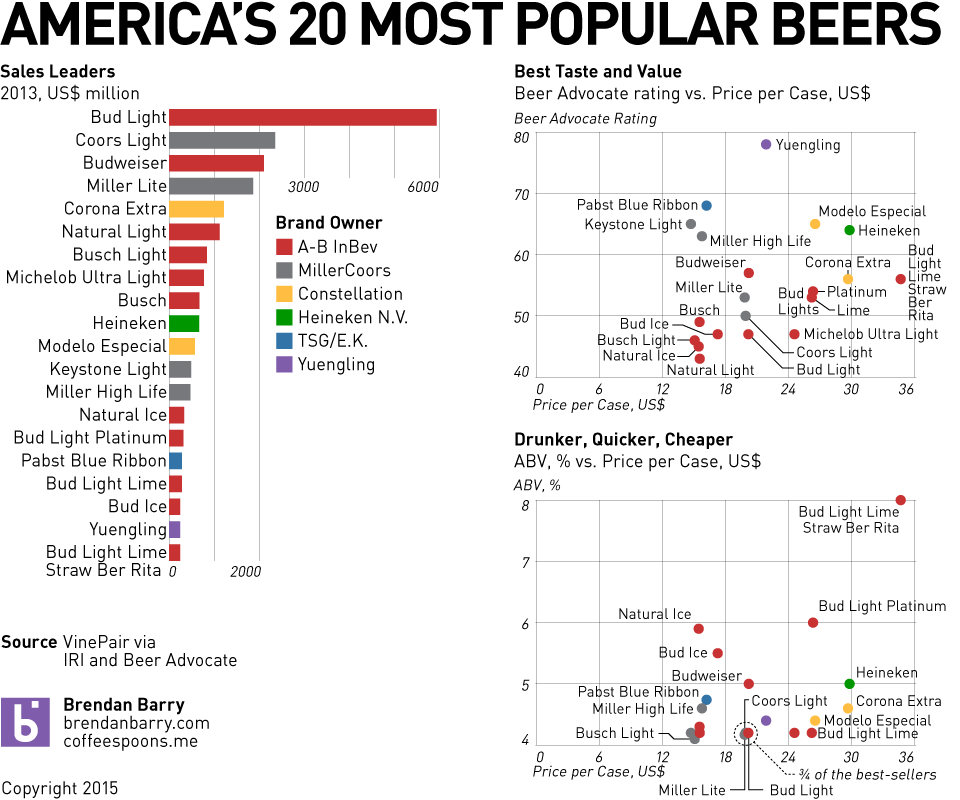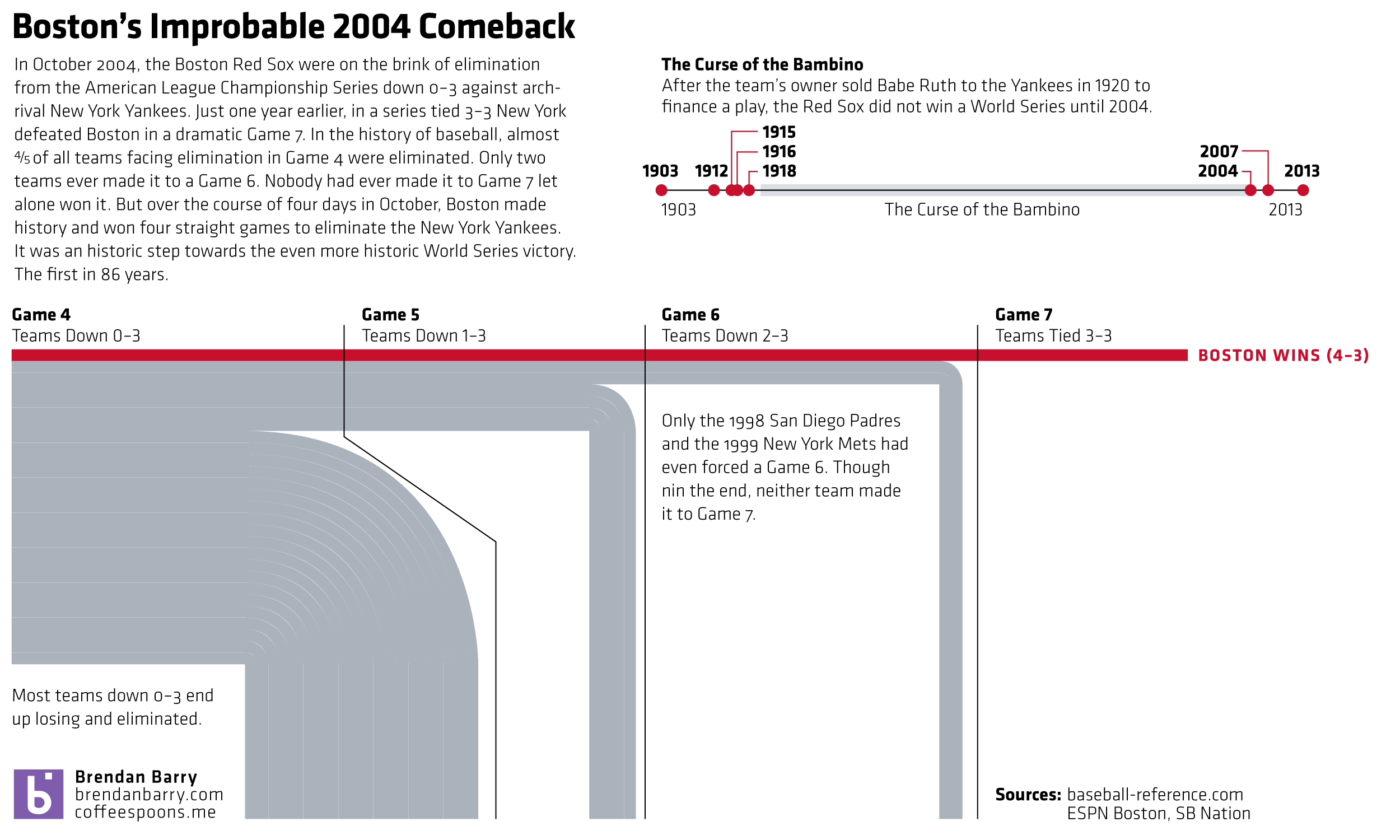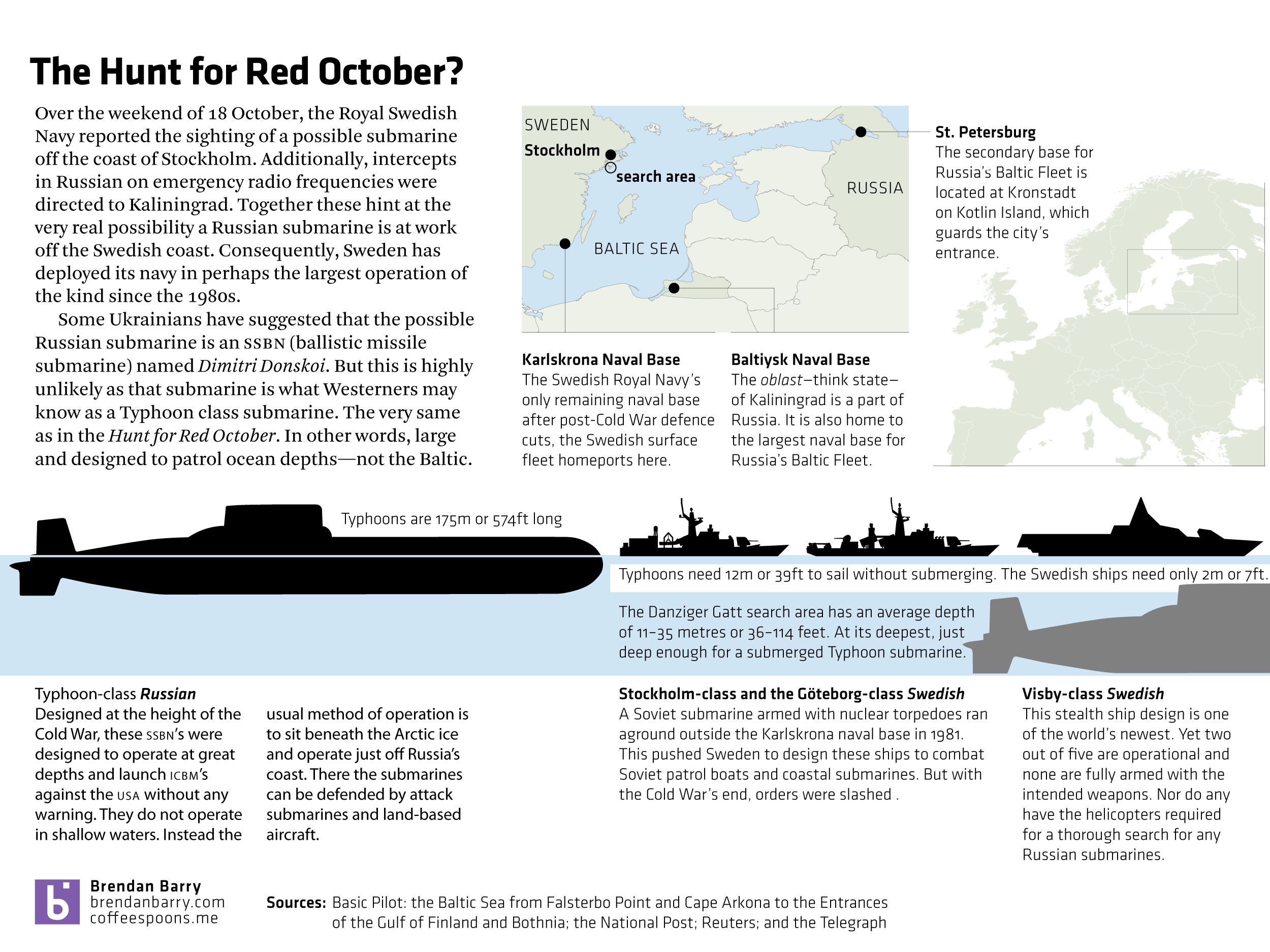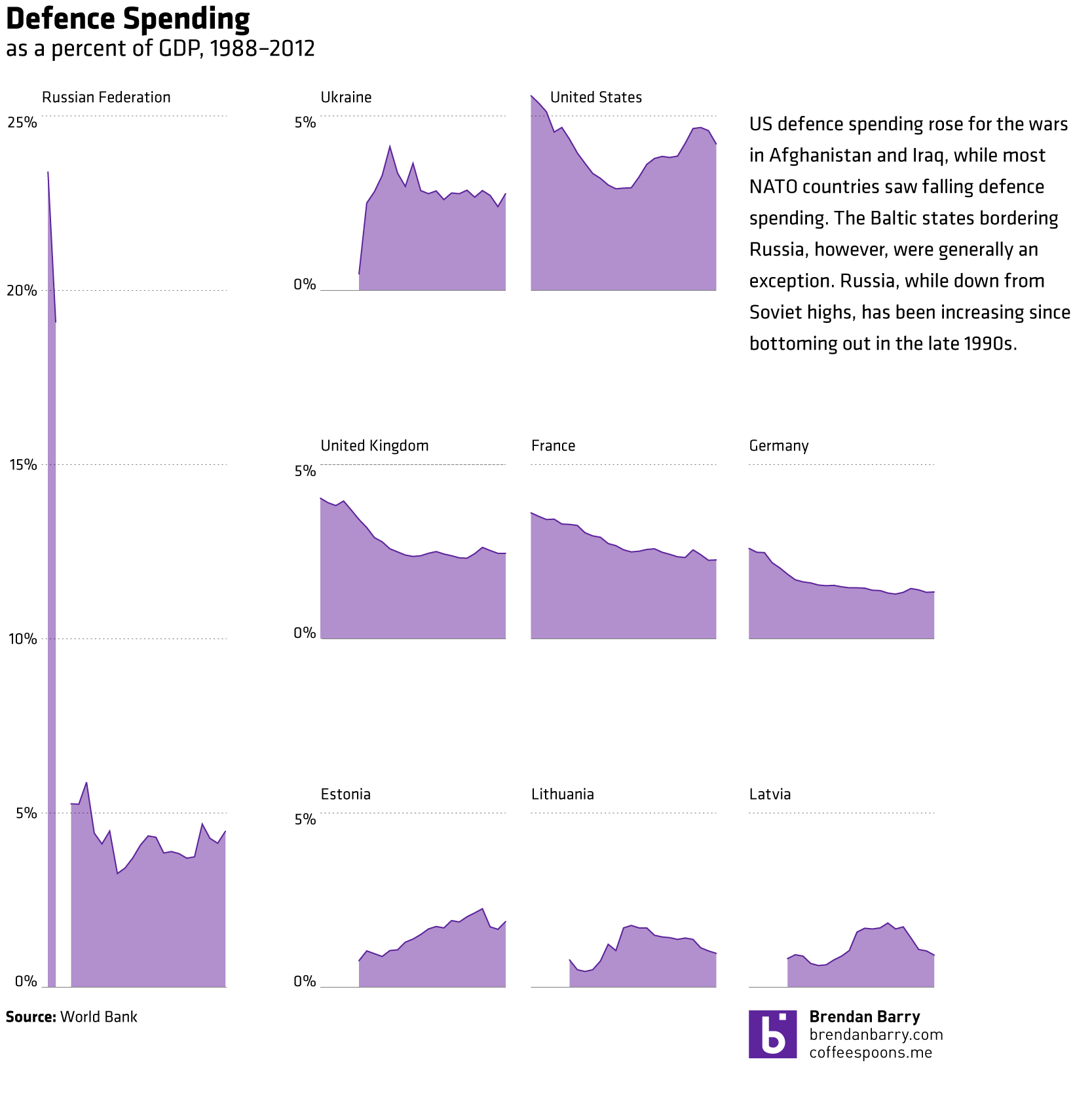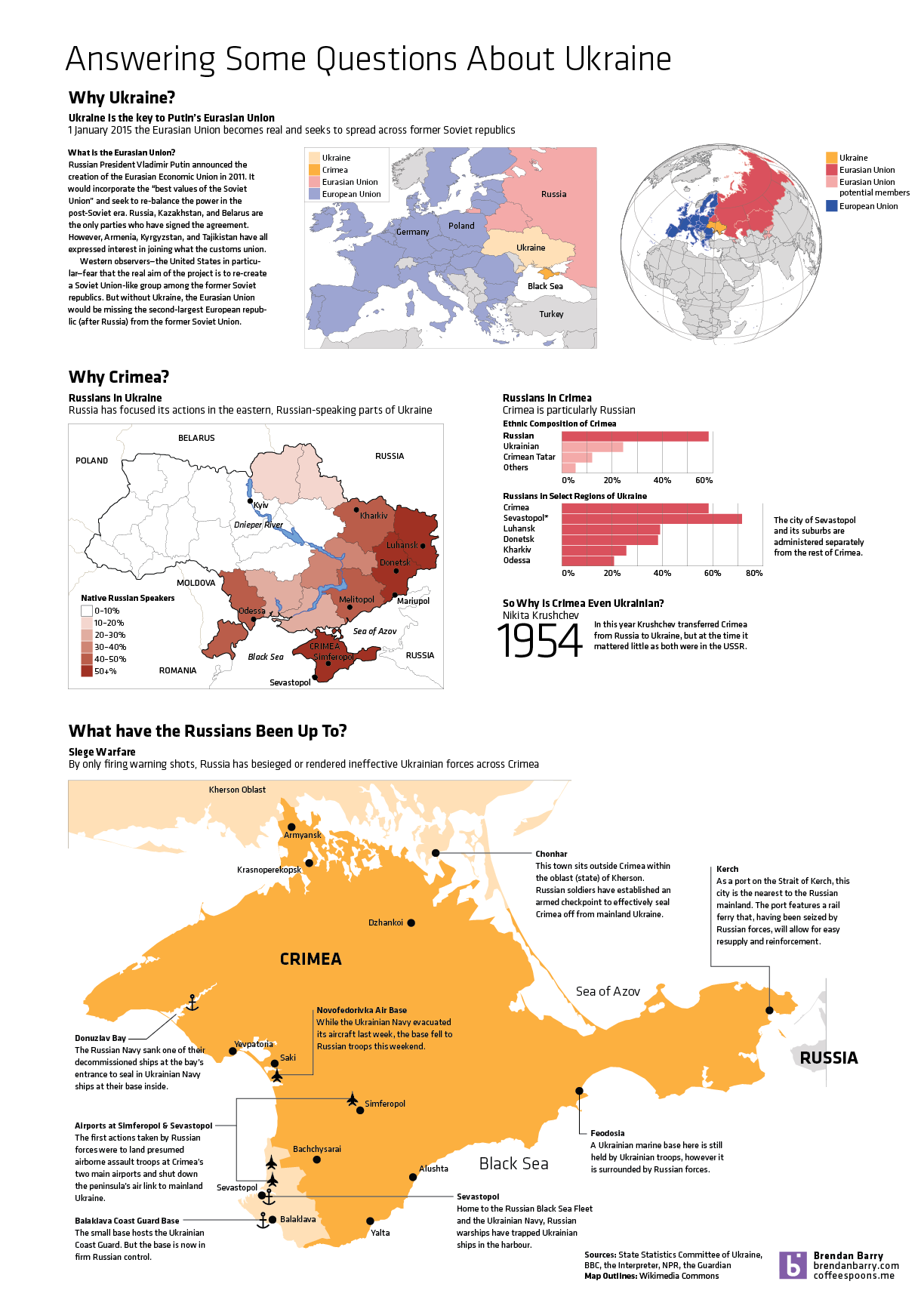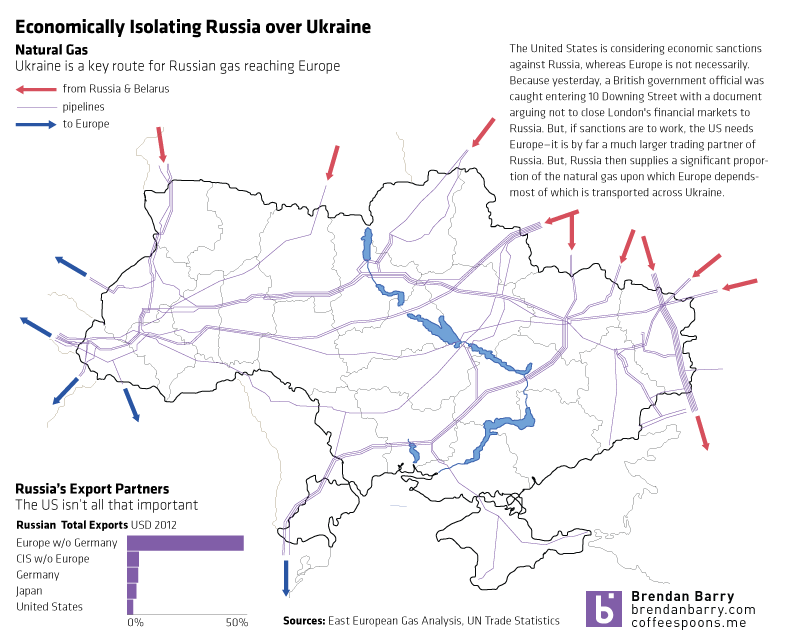I just finished reading Tacitus’ account of his father-in-law Agricola. Agricola is the Roman—more likely from a family of Romanised Gauls—general who conquered Great Britain for Rome. His crowning victory was the Battle of Mons Graupius. It should all be taken with a grain of salt, because there are no other corroborating sources—to my knowledge. For one thing, nobody knows for sure where this battle occurred—if it did—other than somewhere in what is now Scotland. So, I decided to attempt to illustrate the battle as I couldn’t find a satisfactory one on the internets. Again, with the knowledge that Tacitus’ account is not the most thorough.
